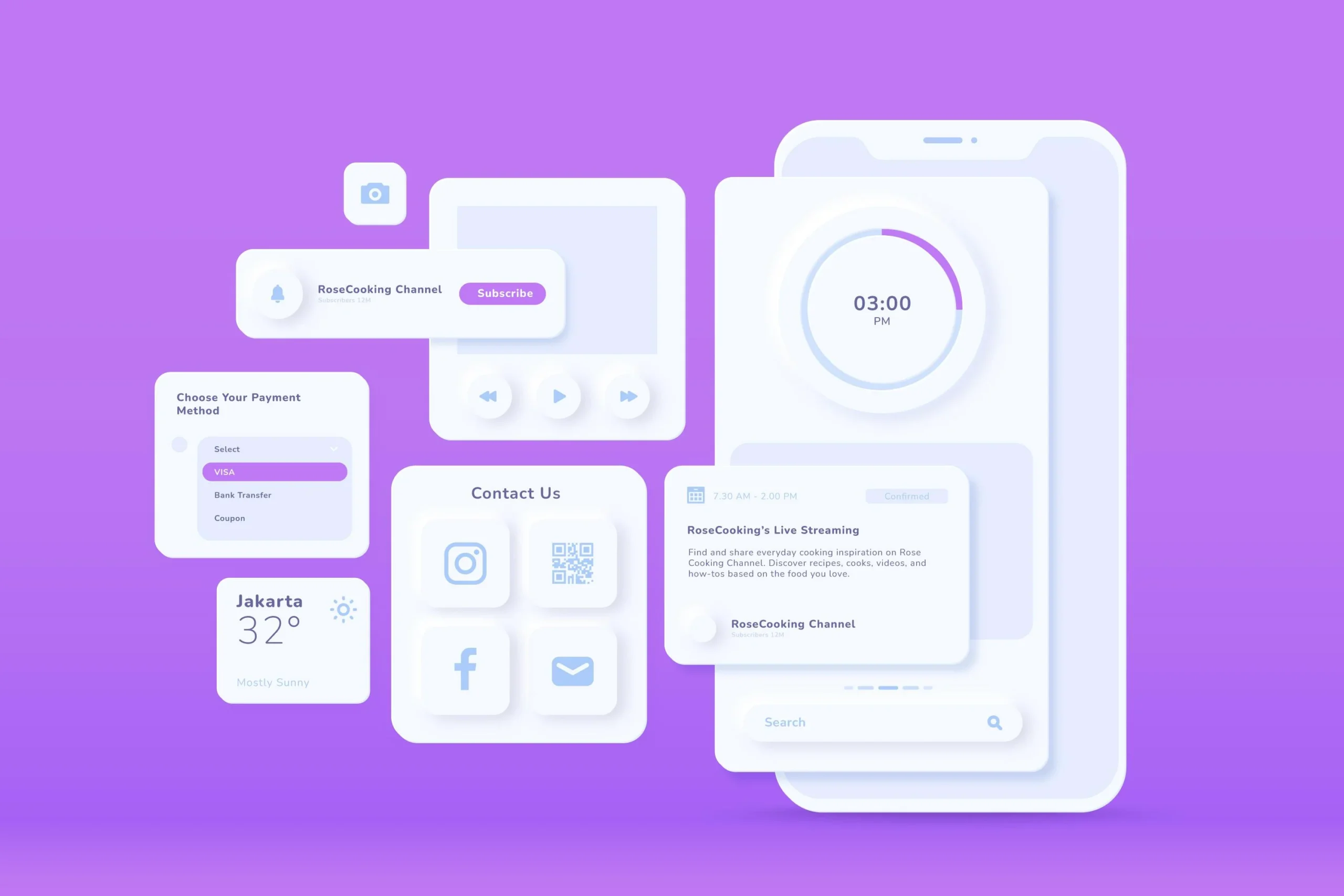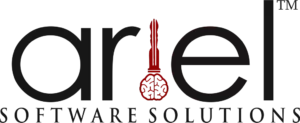
In an age where user experience can make or break an application, agile methodologies in UI design are more important than ever. As businesses continue to try to create interfaces that not only meet but exceed the expectations of users, it is all about adapting and iterating as quickly as possible. Agile UI development, iteration designs, and collaboration frameworks let teams stay agile with user needs given the changing requirements of modern software development.
Businesses can use Azure DevOps to streamline design, collaborate in real time, and maintain continuous feedback loops. Explore with this blog the intricate relationships in agile UI design and its relationship with Azure DevOps for finding strategies that let teams deliver the best of experiences using responsive and adaptive interfaces.
The Urgency of Agile UI Development

Agile UI development transcends the conventional approaches to design since it considers principles that will bring out responsiveness, cooperation, and iterative refinement. Sometimes, waterfall methodologies provide lengthy timelines and inflexible design results. Agile methodologies will facilitate dynamic interaction with the development team and users. Some of the critical tenets of agile UI development are:
- Iterative design cycles:
Teams can constantly tweak and improve UI elements based on user input and performance metrics by breaking down the design process into small, achievable increments.
- Cross-functional collaboration:
Engaging diverse stakeholders-including designers, developers, product managers, and end users ensures a holistic approach to UI design can result in interfaces that resonate with actual user needs.
- High Speeds of Adaptation:
Agile methodologies empower teams with responsiveness to rapidly shift their positions based on feedback from actual users, changing technology dynamics, and ever-changing requirements of the marketplace. And so, they maintain constant improvement.
Iteration in UI Design
Iteration is the essence of effective UI design. This means prototyping, testing, and refining are executed through systematic cycles. The team is thus able to zero in on optimal user experiences. Agile frameworks facilitate this iterative process through the support of:
- User-Centric Testing: Regular testing sessions with real users provide valuable input, allowing teams to realize issues of usability and make changes in design based on those realizations.
- Feedback Loops: The engagement of users creates a culture of collaboration and allows for immediate changes in designs through empirical feedback.
- Responsive Design Changes: Agile methodologies encourage teams to adjust UI in an informed manner, ensuring that the UI keeps on evolving as it changes according to the expectations of users and industry standards.
Leveraging Azure DevOps to Support Agile UI Development
Azure DevOps is the end-to-end development solution created by Microsoft to enhance the software development lifecycle. With features like Boards for task management, Repos for version control, and Pipelines for CI/CD, Azure DevOps enables teams to adopt structured workflows that align with agile principles. This comprehensive suite of tools allows teams to collaborate effectively, integrate continuous feedback, and maintain high standards of quality throughout the design process.
Rich Development Environment:
Azure DevOps brings the most important tools under one roof; therefore, it enables teams to deal with their code repositories, run CI/CD processes, and automate testing-all these activities constitute the core of agile UI development.
- Version Control:
Using Git repositories, teams are enabled to maintain the history of the changes in the UI design. Such history makes collaboration among members of the team painless thus solving conflicts between them easily.
- Continuous Integration and Deployment (CI/CD):
Automated pipelines allow UI changes to be integrated quickly and frequently while ensuring every change is completely tested before being rolled out to the production environments.
Better Collaboration Approaches:
Collaboration lies at the heart of agile UI design, and Azure DevOps provides several tools for collaborative working.
- Dashboards and Reporting:
Custom dashboards are available that provide real-time insight into project status and enable teams to track key performance indicators and make data-informed decisions.
- Kanban Boards:
Visual task management tools empower teams to track the status of UI tasks, ensuring transparency and accountability throughout the development process.
Streamlining UI Component Management:
Effective management of UI components is necessary to maintain consistency and superior design quality. It is accomplished by utilizing Azure DevOps’s powerful artifact and release management tools.
- Artifact Repositories:
A consistent design language across projects is made possible by centralized storage for UI design elements, which guarantees that teams can quickly access, version, and reuse components.
- Release Management:
Automated deployment procedures guarantee a quick and seamless rollout of new user interface elements with the least amount of downtime and disturbance to users.
Informed Decision-Making with Analytics:
UI design processes can be optimized with data-driven insights. The advanced analytics capabilities of Azure DevOps also help teams assess the workflow and performance.
- Integration with Azure Monitor and Application Insights:
With the help of these capabilities, teams can gather metrics on user interactions, application performance, and other crucial information. These metrics can then be utilized to modify UI designs in real-time based on usage patterns.
- Custom Analytics Dashboards:
Teams could use specialized reporting features to track changes over time and concentrate on specific UI elements of concern.
Recommended Best Practices for Agile User Experience Design

To effectively leverage Azure DevOps for agile UI development, businesses should consider the following best practices:
- 1. Define Clear Objectives and Metrics:
Characterize the objectives of a UI project before embarking on a journey of development. This ranges from understanding user personas to defining success metrics and even desired user outcomes. Creating such parameters early will then act like a roadmap to the development team.
- 2. Agile Ceremonies:
Conduct daily stand-ups, sprint planning, and retrospectives, among other agile practices. These meetings encourage candid dialogue and teamwork so that everyone is on the same page regarding the deliverables and can make timely changes to guarantee the finished product satisfies business needs.
- 3. Infuse Continuous User Feedback:
Get and incorporate user feedback into the development process. Run usability testing sessions regularly to verify the design decisions and iterate to improve the UI through interactions in the real world. This practice not only builds user satisfaction but also a relationship between developers and users.
- 4. Encourage a Culture of Continuous Learning:
Motivate the team to adopt a mindset of learning and development. To foster innovation, post-sprint reviews, and retrospectives that focus more on team dynamics and individual contributions than just project results.
Conclusion
With this increasingly intricate digital landscape, the application of agile methodologies in the field of UI design will be even more important. This is because the iterative approach, encouragement of cross-functional collaboration, and use of highly powerful tools like Azure DevOps will ensure that a user interface meets or surpasses what the user expects to have. Such an approach will empower businesses to evolve with the fastest possible turnaround to feedback and changing market demands in applications, thus being relevant and friendly to users.
Agile UI design is about the journey, not just about the tool. It’s about sowing a mindset that celebrates responsiveness and continuous improvement. In this case, when organizations are actively pushing innovation through the company, it will be vital to support that with agile practices within their UI designs.
At Ariel Software Solutions, we understand the nuances of agile UI development and how Azure DevOps can be the catalyst for transforming your design workflows. Optimize your AI development workflow with Ariel’s Azure DevOps expertise, and take the next step toward delivering exceptional user experiences that resonate with your audience.
Join us in redefining your approach to UI design, unlocking new possibilities, and driving sustainable success in an ever-evolving market.




